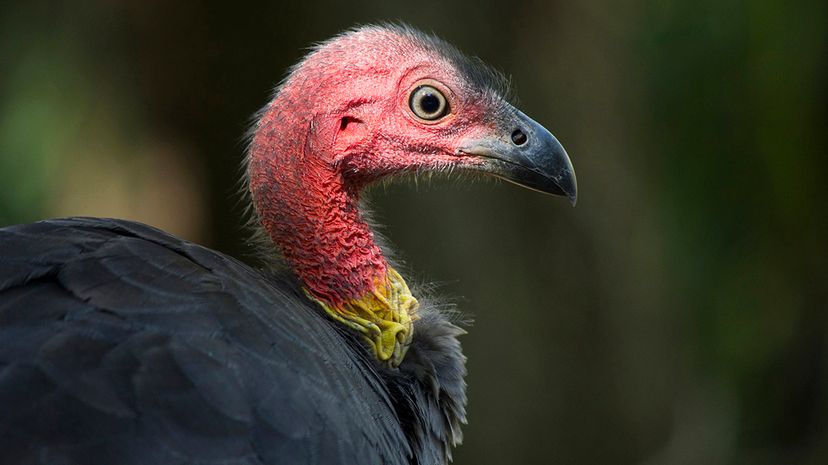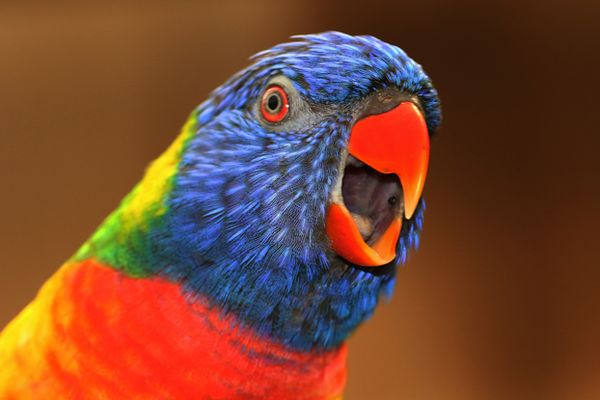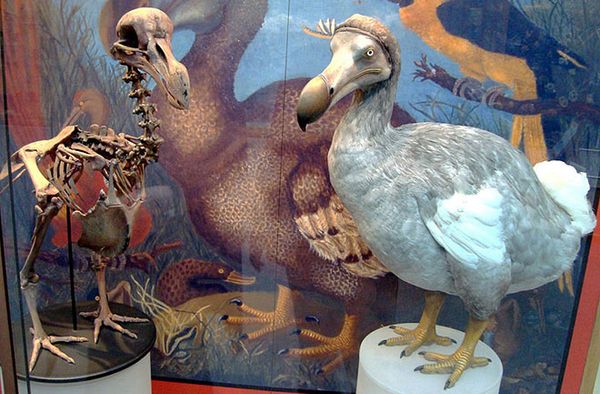
Turkeys have an (unfair) reputation for being dumb. But Benjamin Franklin's supposed pick for the symbol of the U.S., a rumor that is also a myth, is more likely to be extremely aggressive and altogether intimidating. And these ground-scratching wild birds also fly, so don't forget to add that to your nightmare about turkey attacks.
But if that's not scary enough, it turns out that paleontologists recently discovered that an ancient Australian brush turkey called Progura gallinacea was taller than a gray kangaroo (over 4 feet, or 122 centimeters) and once flew around the country. While a lot of other megapodes — birds in the family Megapodiidae found in Oceania — build mounds to cover their eggs, the researchers think that P. gallinacea simply buried them in sand or soil and flew into trees to roost, like modern turkeys do. The extinct megapode wasn't too heavy, though; it likely weighed only 17 pounds (7.7 kilograms) on average.
Advertisement
The researchers didn't just "discover" a new type of turkey, however: P. gallinacea, the largest known megapode species, was one of five extinct bird species the researchers detailed in their paper. Three of the fossil finds were entirely new, but scientists were also able to use these discoveries to confirm that older fossils — previously thought to belong to the same bird — were actually from two different genera.
P. gallinacea hung out alongside other extinct species like the marsupial lion and diprotodons. That's because the extinct megapodes lived during the late Pliocene and Pleistocene epoch, between 3 million and 11,700 years ago. Researchers say that means many of Australia's megapodes went extinct during the Pleistocene, and there are probably more species to be discovered.
Advertisement

